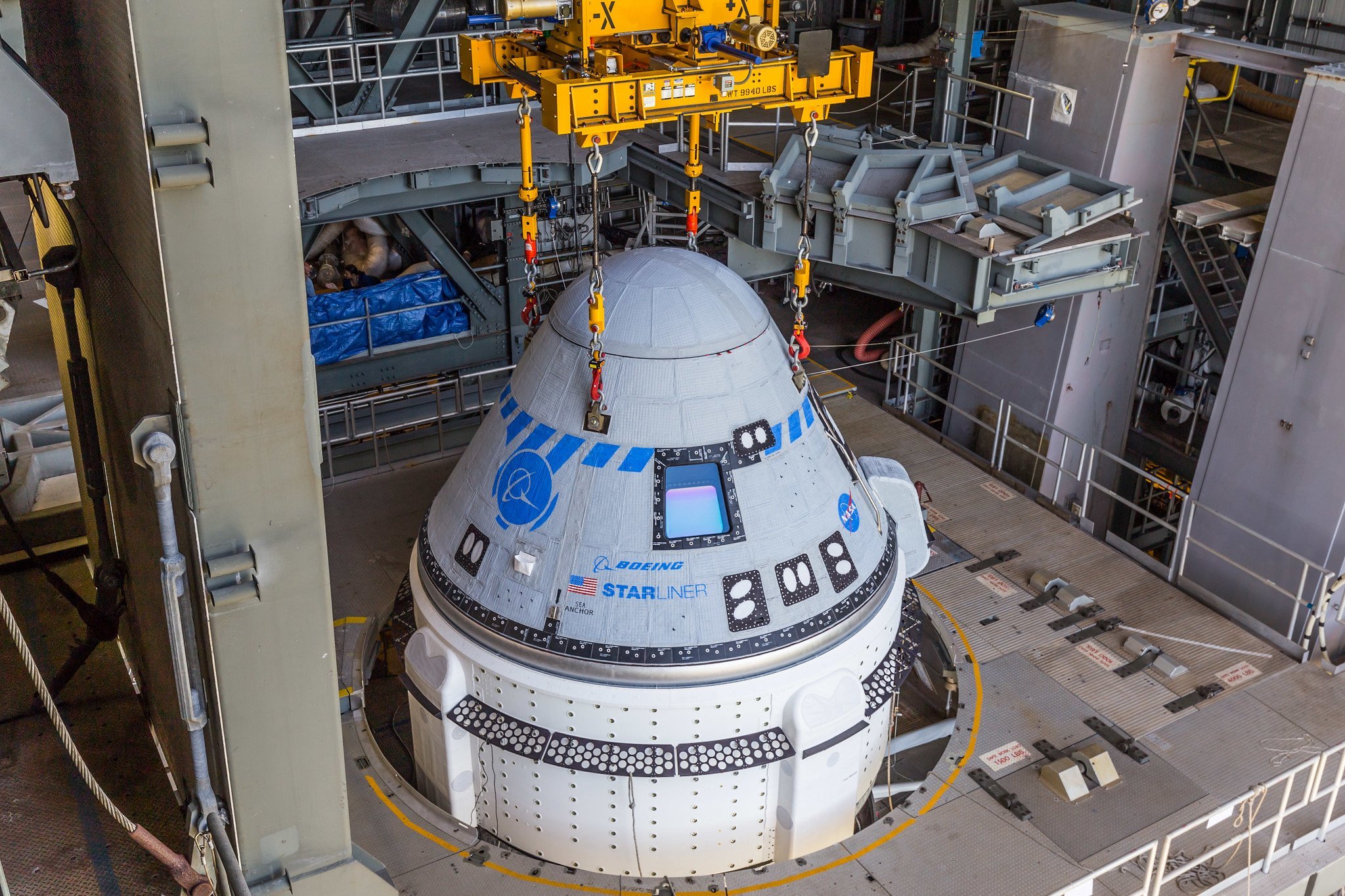Boeing's Starliner Setbacks: Consequences and Prospects
The defense and aerospace sectors are intricate, and every decision you make affects not just the people working for you but also the overall structure of the organization. The recent announcement by Boeing of a $257 million loss for the second quarter, mostly due to the postponement of the Starliner launch, highlights the challenges that these kinds of projects entail and the associated costs.
Impact on Finances and Labor Force Repercussions
As costs rise—they are currently projected to be $1.4 billion—concerns are raised about the potential effects on Boeing employees. History indicates that internal evaluations are standard procedure for companies facing significant financial difficulties. These assessments usually conclude with talks regarding layoffs or corporate restructuring as strategies to offset losses are evaluated.
Sponsored Ad
The difficulty is exacerbated by the noteworthy $527 million loss the Defense, Space, and Security division reported for the second quarter, which was mainly attributable to the Starliner's problems. Delays and failures in important programs can put a firm under more financial strain, especially if those programs have a set development cost. Benefits provided to employees might need to be reviewed more closely and possibly reduced as a result.
Labor market stability and union participation
"Continued operational impacts of labor instability" highlights potential conflicts that may arise in the workplace. Union activity, especially in the form of threats or real strikes, can have a substantial impact on production plans and financial predictions. Because of the aerospace industry's familiarity with union dynamics and the lingering Starliner concerns, maintaining healthy employee relations is crucial.
The Competitive Environment
SpaceX's noteworthy accomplishment of completing ten crewed flights demonstrates the competitive climate in which Boeing operates. NASA's emphasis on safe crew transportation makes an astronaut test flight even more critical for Boeing. Falling behind competitors could have a detrimental effect on the business's profitability as well as demoralize staff members and cast doubt on their future employment.
Getting Around in the Future
While working with NASA to determine a new launch date, Boeing prioritizes resolving pressing issues. The company is hopeful that a test flight will take place before the end of the year. Comprehensive reviews are essential in order to prevent repeating the mistakes made in the parachute system. This situation necessitates the use of strong internal feedback mechanisms and maybe outside advice in order to address fundamental concerns.
In summary, the Starliner program offers a valuable perspective on the intricacies of overseeing extensive undertakings, appreciating financial outcomes, and evaluating the corresponding workforce consequences, even in spite of its obstacles. As the aerospace sector grows, businesses need to be at the forefront not just in terms of technology but also in terms of understanding and foreseeing the larger consequences of their corporate actions.



